Professional Placement Resources LLC MDMs Risk Management Report
VerifiedAdded on 2021/06/18
|5
|951
|114
Report
AI Summary
This report focuses on MDMs (Mobile Device Management) risk management for businesses, specifically referencing Professional Placement Resources LLC. It addresses the challenges of managing mobile devices in corporate networks and the associated security risks. The report emphasizes the importance of implementing reliable security solutions to protect sensitive data and maintain control over mobile devices. It explores various risk management approaches, including server-based rules-based action frameworks, passcode enforcement, and monitoring of device inventories and data usage. The rationale behind these strategies is to safeguard business confidentiality by preventing data leakages and ensuring secure access to company resources. The report also highlights the need to address threats such as data modification, malware, and unauthorized access. The report references key concepts such as Over-the-Air (OTA) and Wi-Fi communication, which are integral to MDM systems. This report provides a comprehensive overview of MDMs risk management, offering valuable insights for businesses seeking to secure their mobile devices.
1 out of 5
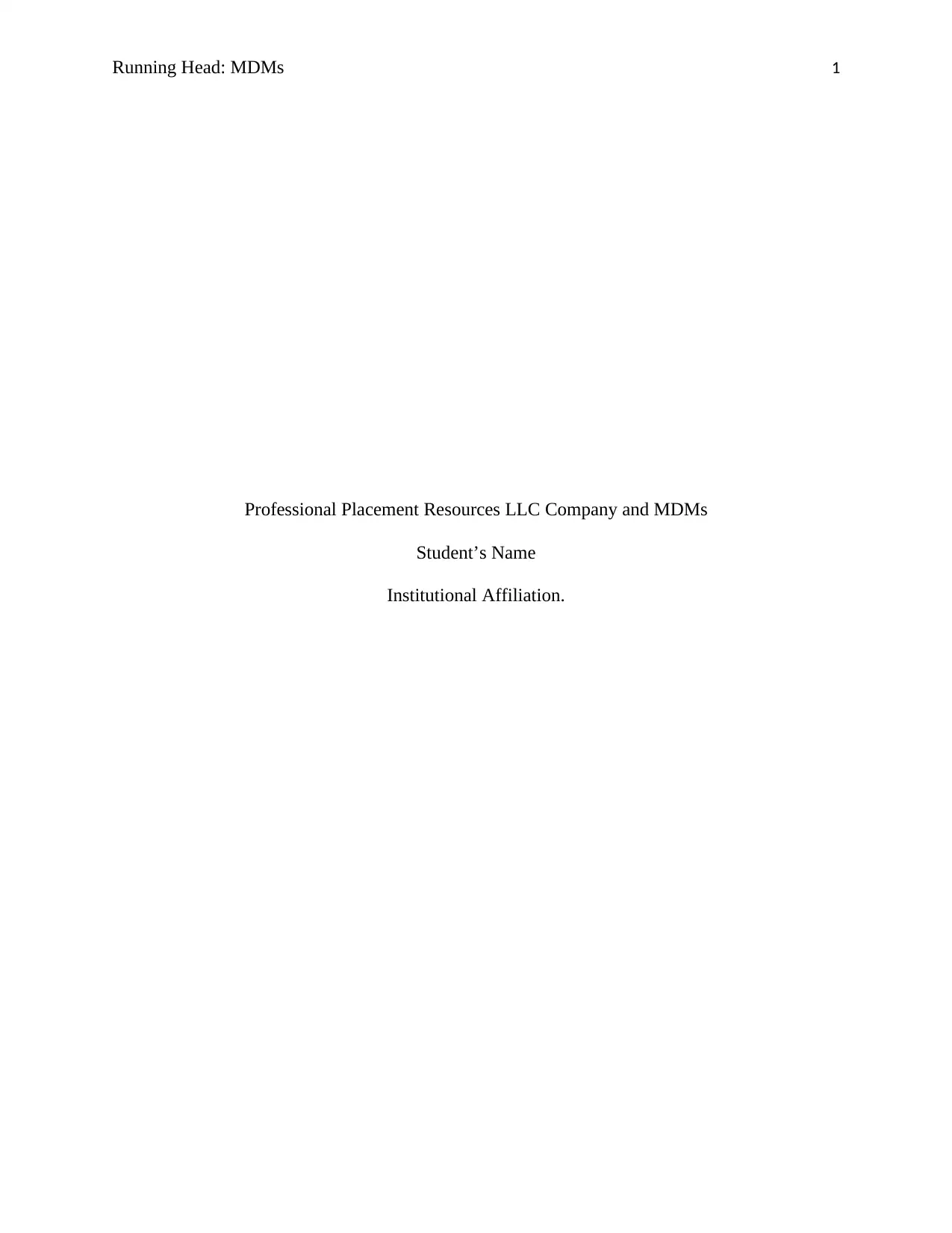
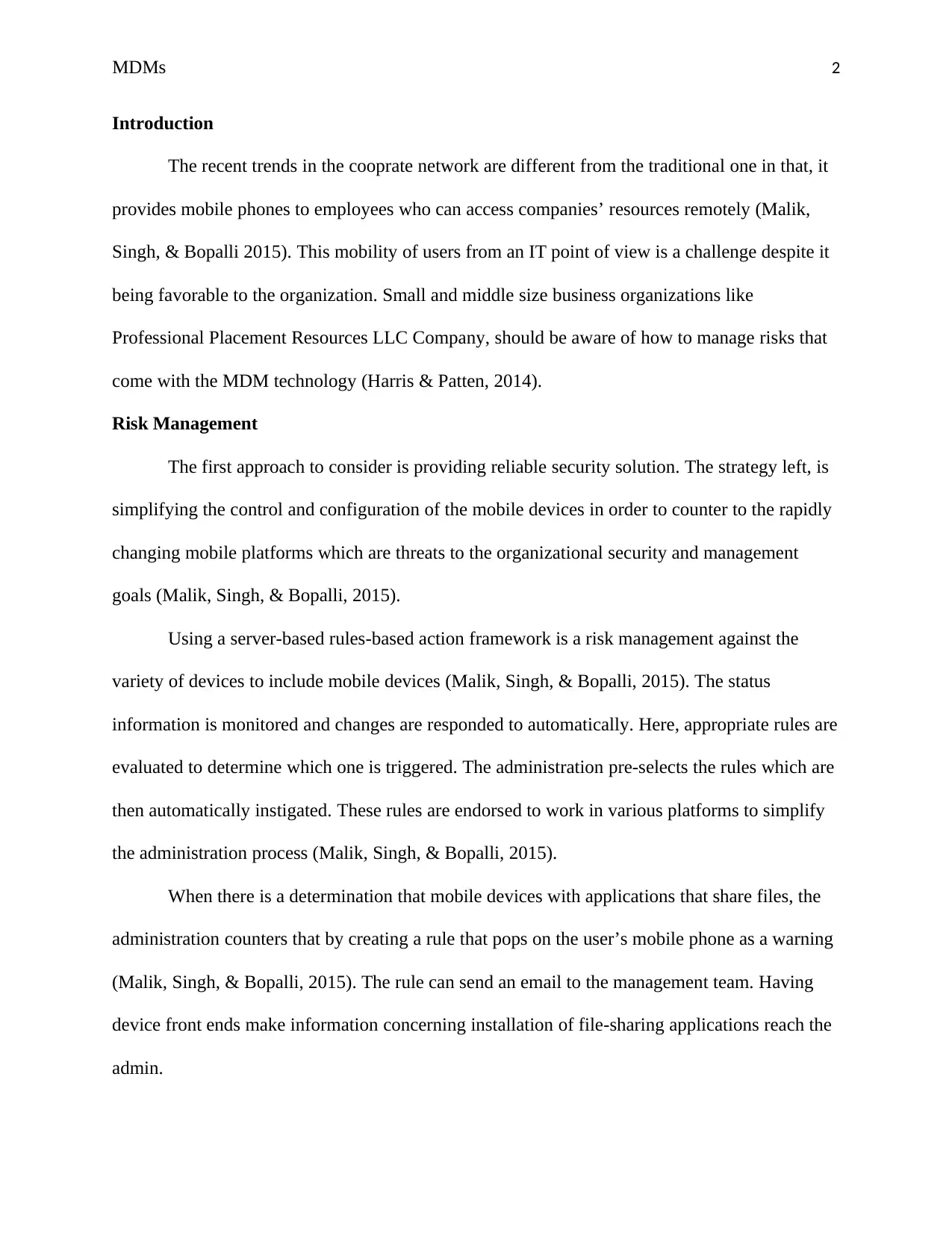
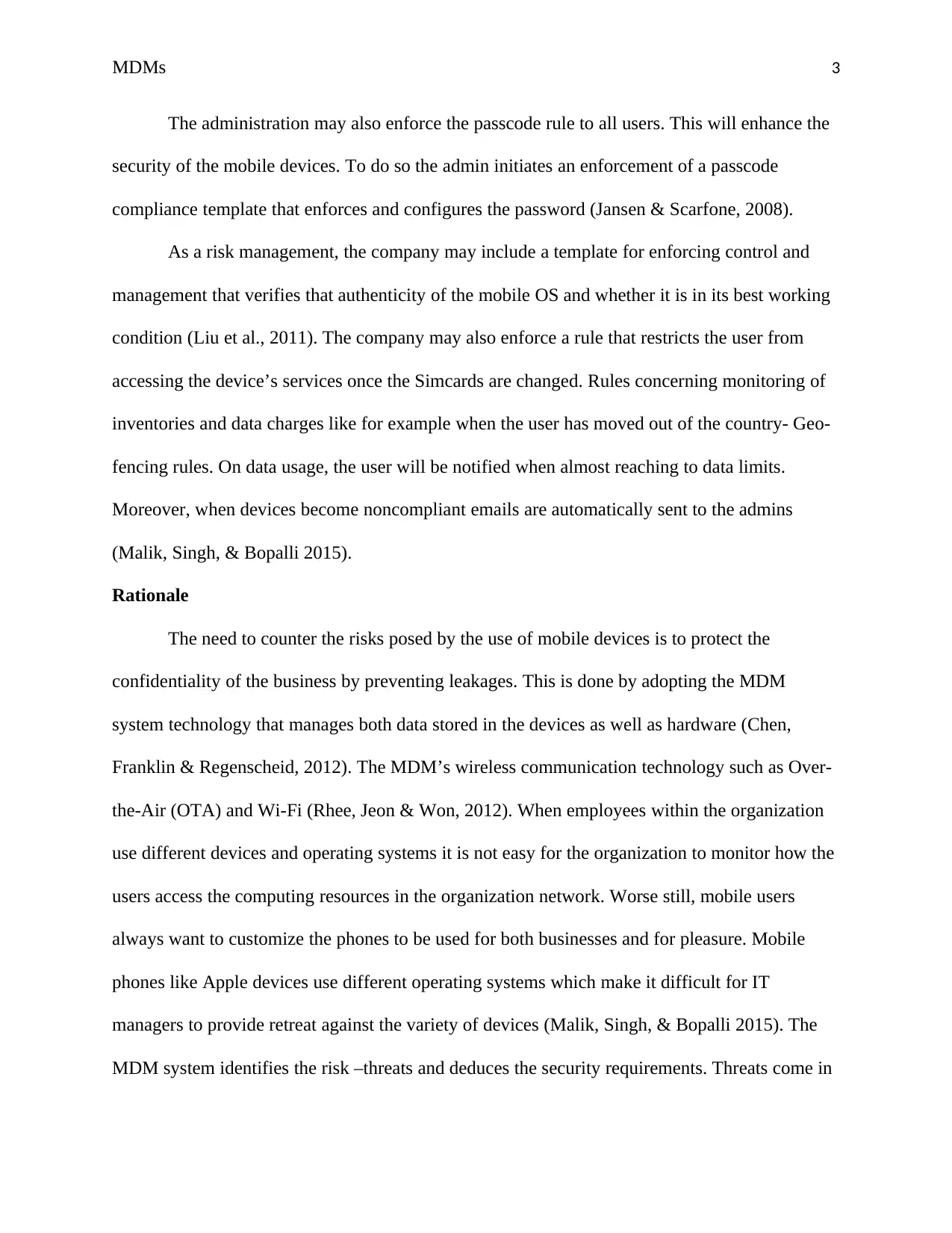

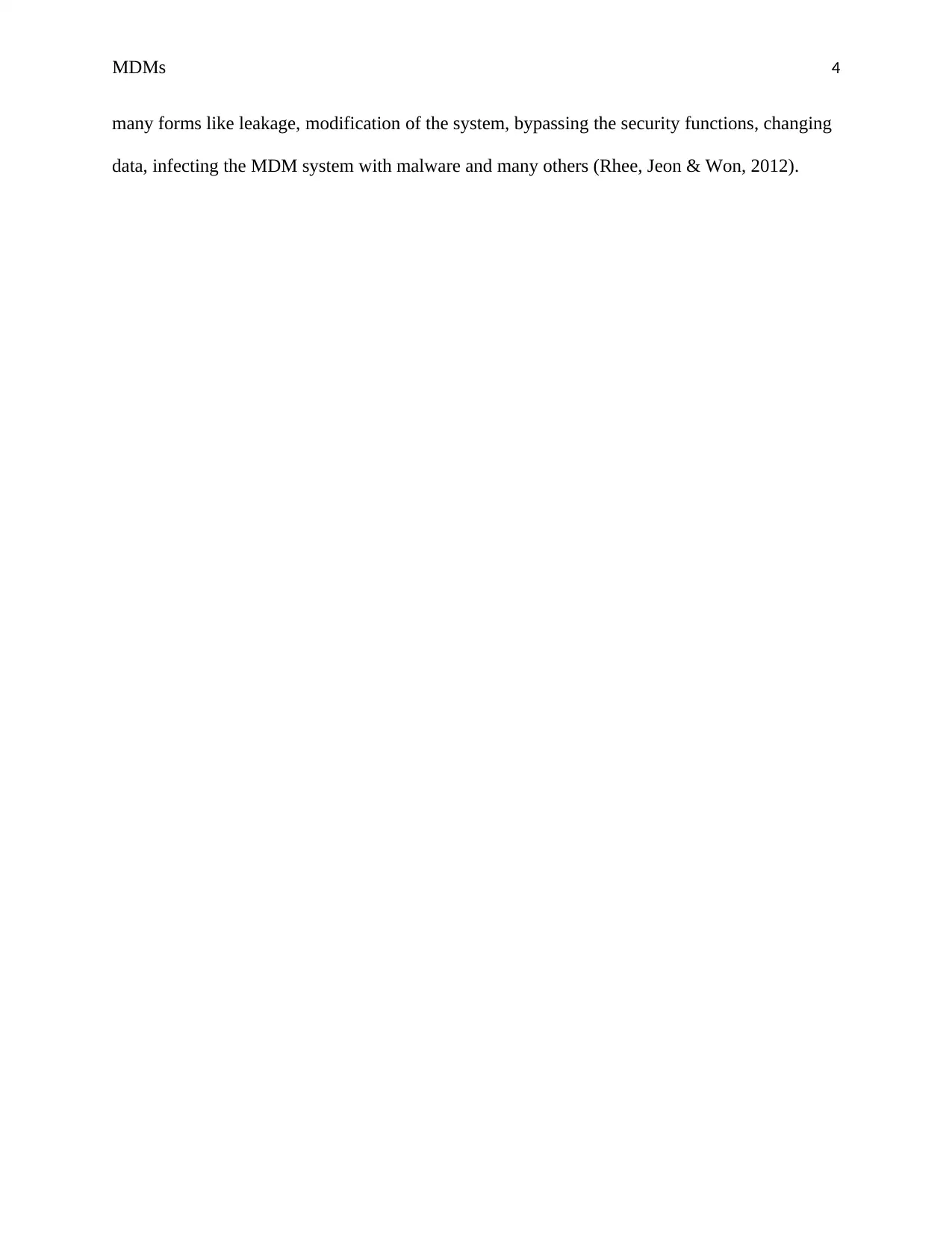
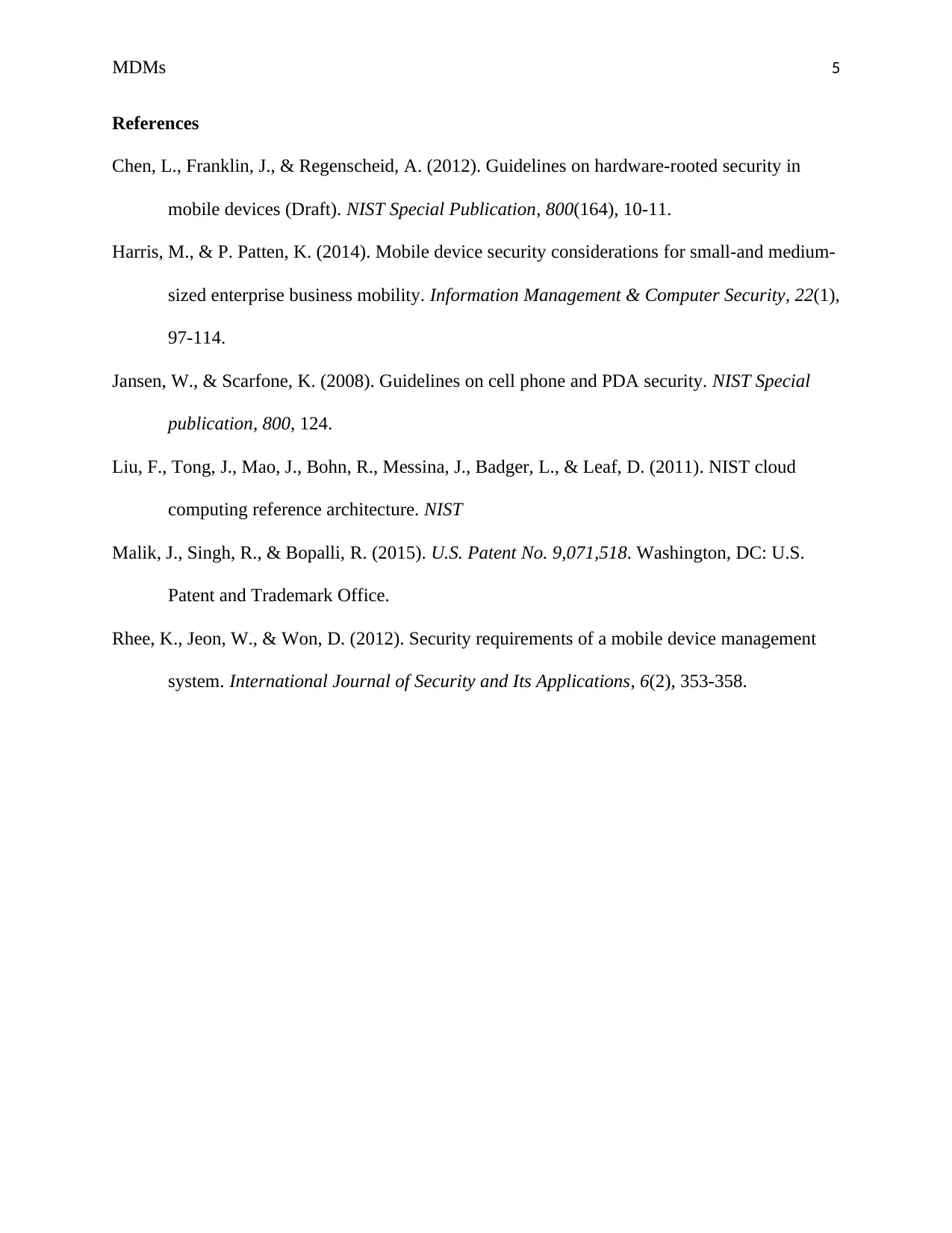
![[object Object]](/_next/static/media/star-bottom.7253800d.svg)